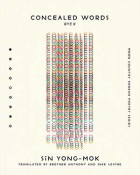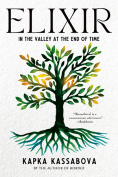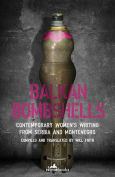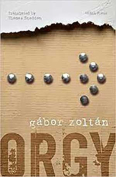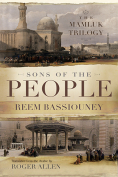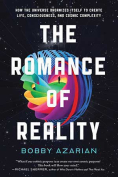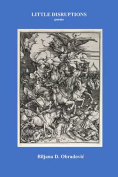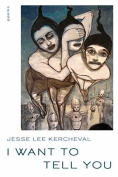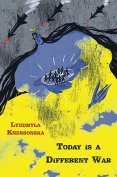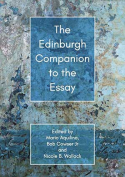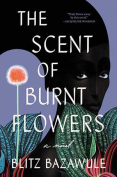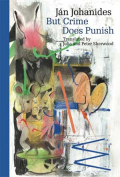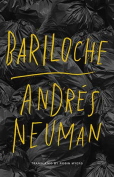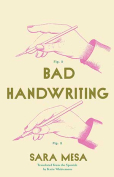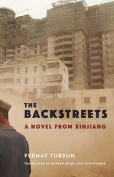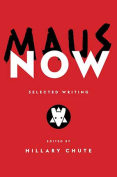Orgy by Gábor Zoltán
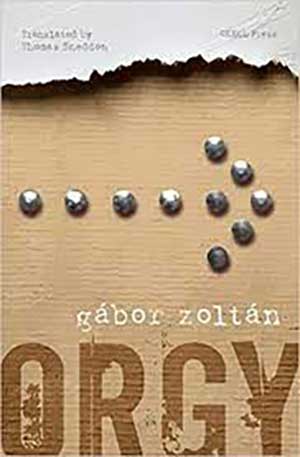 Frankfurt am Main. CEEOLPress. 2022. 400 pages.
Frankfurt am Main. CEEOLPress. 2022. 400 pages.
This novel is terrifying.
Hungarian writer Gábor Zoltán, after a great deal of archival research, has created a nightmarish recounting of events from the final phase of the Holocaust in Hungary. In late 1944 and early 1945, after Budapest was consigned to the rule of the fascist organization known as the Arrow Cross and led by Ferenc Szálasi, the city was gradually surrounded by Soviet forces. German and Hungarian military units fought ferociously to hold them off, but as the front lines drew closer and closer to both halves of the Hungarian capital city—Buda and Pest, separated by the Danube—a new phase of the Shoah commenced. The Hungarian fascists, with their ideology known as Hungarism, turned on the Jewish population of the city with almost unspeakable violence. Much of Hungary’s rural Jewish population had already been deported to Auschwitz or sent to the Eastern Front as slave laborers. With the seizure of power by the Arrow Cross, Jewish neighborhoods, ghettoes, safe houses, and hospitals were literally attacked by a welter of paramilitary and local, semiofficial armed groups. In this book, these “legionaries” arrest the owner of a small factory, Renner, and his experiences provide the framework for this chilling picture of mass murder, and utter dehumanization, with many moving parts.
The title of the novel is both metaphorical and factual. It does indeed track an orgy of killing, a profligate and ever-widening bloodbath. But it also takes the reader into dark places of extreme sadism and sexual torture that is pretty much the final frontier of depravity, or at least of its description in mainstream writing about the Holocaust. No detail is spared, just as no humiliation or source of excruciating pain is neglected by the perpetrators. These sections of the book are painful to read, but we are deliberately made into witnesses by the author, who wants no features of this genocide to remain unexamined.
Renner is spared by the Arrow Cross because he is a Christian (meaning, here, a non-Jewish Hungarian) and has a reliable automobile; nonetheless, he is beaten and then forced to cooperate because he has employed and hidden Jews—and kept one as a mistress. Although he drinks heavily, wears sunglasses to avoid later recognition, and tries to avoid the dirtiest torture and raids, Renner slowly makes himself complicit. He gradually begins to capture, beat, and rob his fellow Hungarians. As the novel goes on, we gradually learn the fate of his mother and daughter, his younger brother (also in the Arrow Cross), his wife Teréz, and his lover Irén.
The atrocities of Renner’s unit revolve around its various headquarters buildings in Buda and Pest. The group moves around as the front lines shift and shelling intensifies. The legionaries’ chief activity is “raiding.” They search apartment buildings, houses, businesses, warehouses, clinics, or any other place they think Jews might be hiding. But they are also out after any other “degenerates,” a term that includes anglophiles, americanophiles, russophiles, deserters, looters, juvenile delinquents, war profiteers, “humanitarians” (including the occasional merciful nun or priest), “Jew-lovers,” and of course Communists. At first their raids net them apartments and sex slaves, jewels, and clothes; but as the intense six weeks or so of the main narrative pass, they focus more on food and alcohol. In addition, they find fewer Jews to beat to death and execute by firing squad; instead they find more and more deserters whom they “process” with torture and then return to the front. They also round up and train other overlooked and unlikely conscripts in a desperate attempt to buy time until the arrival of promised, near-mythical German supplies, reinforcement, and surprise weapons.
The great sadism of the Arrow Cross fighters is set against the fantastical parallel universe they inhabit. Although the Soviet forces are steadily bearing down on them, they persist in designing spooky “Defense and Retribution Rooms,” and they revel in fraternal rituals, singing, bizarre ceremonies, home-cooked food, and playing the paterfamilias in “Loyalty Houses.” They twist all sorts of rituals—Christmas, marriage, birth—into racial celebrations, even as they curse and degrade their naked prisoners of all ages in the next room. The Arrow Cross members refer to their brutalization as “work,” and they describe themselves as “craftsmen” who labor on assembly lines of torture and rape in the cellars and courtyards of the old city, where they often have obliging audiences.
When Soviet troops finally overrun the city, the killing quietly and suddenly stops, and the legionaries take cover. The most frequent way of killing has been shooting civilians so that they drown or their bodies float away in the icy Danube, which they call “taking a swim” or “sending someone to the wet ghetto.” This comes to a halt, but the memories of it, like the bestial acts committed by slicing with razors, shattering skulls with bats, raping with inserted truncheons, stabbing with nails, gouging out eyes—these memories do not leave the reader. Of historical importance is the fact that this is long-neglected testimony about how the Shoah was carried out not just by Germans, and not just in Germany and occupied Poland. The comprehension of the wide reach and multiple modalities of murderous fascism and eliminationist anti-Semitism makes this a significant book: terrifying, but necessary.
John K. Cox
North Dakota State University

